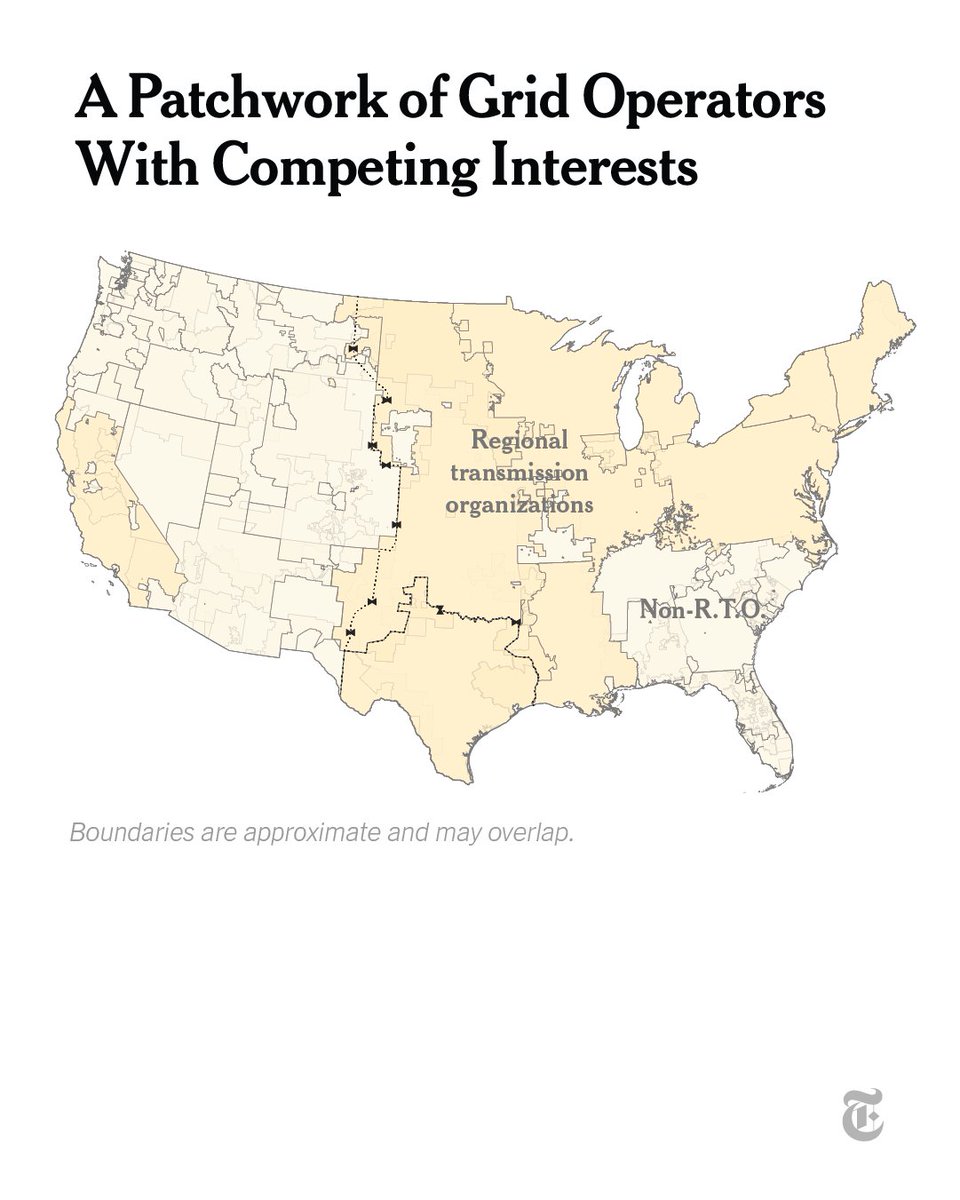The New York Times has published an investigation into police traffic stops and the money machine that uses revenue from these stops to fund the police.
Here are key numbers to know from the series. nyti.ms/3bt7vdY
Here are key numbers to know from the series. nyti.ms/3bt7vdY
As the push for traffic ticket revenue persists, driving has become one of the most common daily activities during which people have been shot, Tased, beaten or arrested, often after minor offenses. Many stops have also turned deadly. nyti.ms/3GGY09h 

Those hundreds of killings of unarmed motorists across the U.S. by the police were seemingly avoidable. And most of them occurred with impunity. nyti.ms/3GGY09h 

Many of the stops began with common traffic violations like broken taillights or running a red light. Local governments have paid at least $125 million to resolve about 40 wrongful-death lawsuits and other claims. nyti.ms/3BziEVg 

Police officers have reason to be wary in their approach: They don’t know who is inside a car or whether there are weapons. But the overemphasis on danger has fostered tolerance for police misconduct at vehicle stops, some argue. nyti.ms/3GGY09h 

Hundreds of communities, such as Valley Brook, Oklahoma, have essentially made officers into revenue agents. In many cases, officers' salaries — and sometimes, the size of the police force — depend on ticket revenue. nyti.ms/3BziEVg 

The federal government fuels the culture of traffic stops with hundreds of millions of dollars in highway safety grants that subsidize ticket writing. nyti.ms/3BziEVg 

Jennifer Vasquez, 24, was one of those killed by police in a vehicle stop. Police in San Jose, California, pursued her after hearing a tip over police radio that a white car that may have been used in a drive-by shooting. They learned only later hers was the wrong car. 

Our investigation examines why traffic stops can escalate into fatal encounters and how hidden financial incentives increase the risks. Here are some of the key findings. nyti.ms/3nMsQVA
• • •
Missing some Tweet in this thread? You can try to
force a refresh















